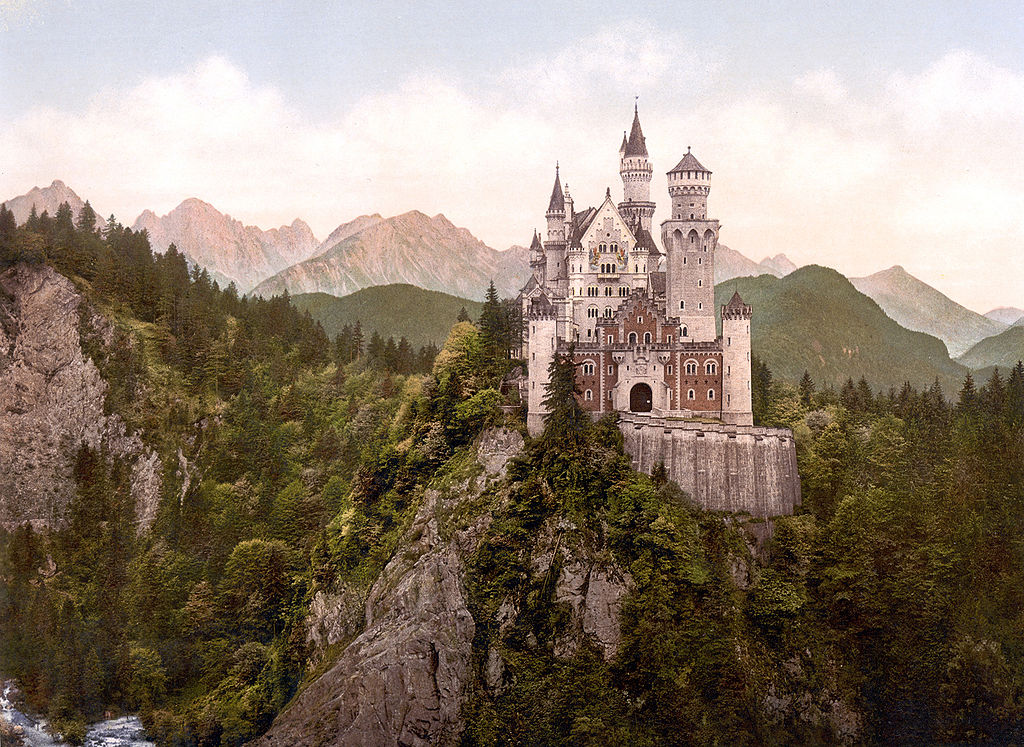Apart from its unimaginable campaign of terror and genocide against the Jews of Europe, the Nazi regime in Germany was guilty of plunder on a massive scale, stealing great and irreplaceable works of art in virtually all the countries it invaded and occupied.
The Rape of Europa, a nearly two-hour-long documentary directed by Richard Berge, Nicole Newnham and Bonni Cohen, documents this pillage thoroughly.
It will be presented free of charge, along with five other Holocaust-related movies, by the Chaiflicks streaming service from January 26-28 in honor of International Holocaust Remembrance Day on January 27.
Hitler and his second-in-command, Hermann Goring, were art aficionados, but also thieves. They conceived the Nazi project to steal paintings, drawings, sculptures, tapestries, porcelain, silverware and furniture from museums and private collectors and dealers, a disproportionate number of whom were Jewish.
As the film points out, Hitler — a mediocre painter whose landscapes were at best drab — aspired to be a professional artist. His dream was shattered when the Academy of Fine Arts in Vienna rejected him as a student. Once in power as chancellor, he imposed his artistic tastes on Germany, purging museums of some 16,000 “degenerate” paintings and drawings.
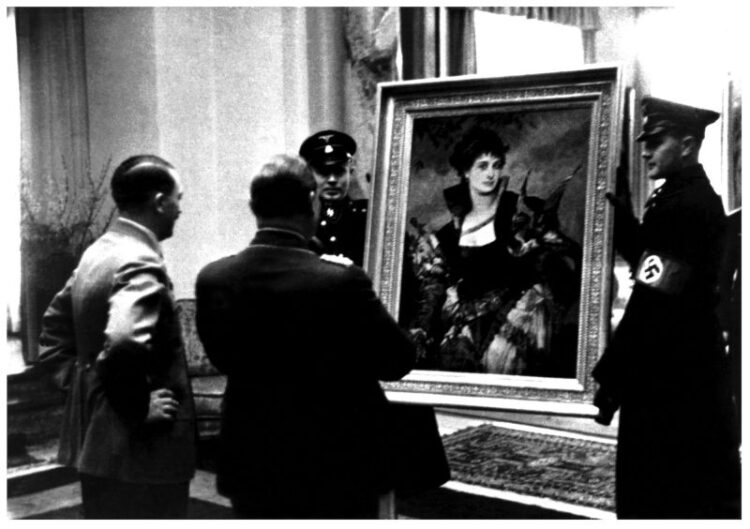
Hitler planned to turn the Austrian city of Linz into Europe’s cultural capital. It was there that he intended to build a complex of grand museums to house paintings that were either purchased or plundered. Even as he contemplated suicide in his Berlin bunker in the spring of 1945, he mentioned this scheme in his last will and testament.
The organized Nazi looting of art began with Germany’s annexation of Austria, Hitler’s birthplace, in 1938. Among the Nazis’ first victims were Ferdinand and Adele Bloch-Bauer, a Viennese Jewish couple. They were forced to relinquish one of their most prized possessions, the Gold Portrait of Frau Bloch-Bauer, painted by Gustav Klimt.
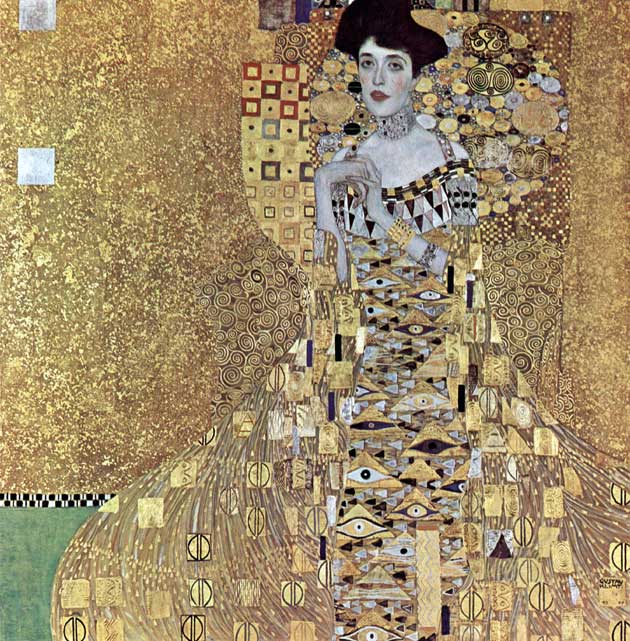
Determined to obliterate Polish culture after Germany’s invasion of Poland, Hitler ordered the Wehrmacht to shell the Royal Castle, the seat of kings, in Warsaw’s historic old quarter. The Germans destroyed this building during the 1944 Polish uprising. The structure was painstakingly and remarkably rebuilt after the war.
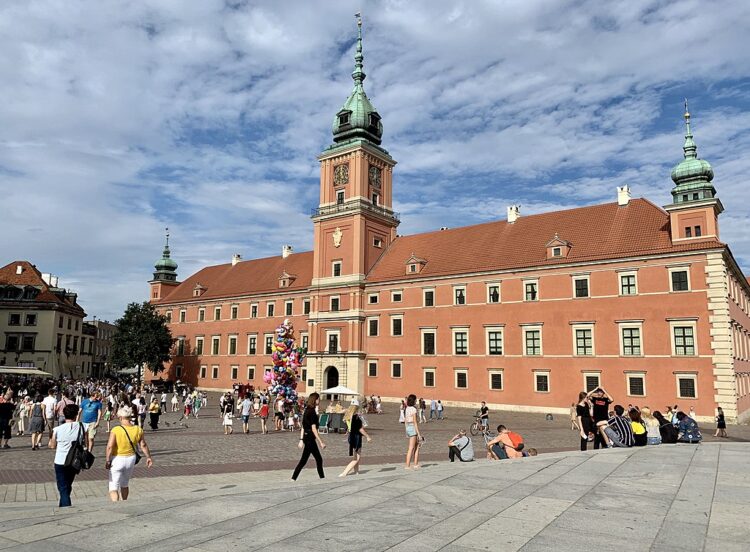
In Kraków, the Nazis looted precious altar pieces in churches that had been created by German craftsmen centuries ago. They also ransacked art museums.
By one estimate, 59,000 art items looted by the Germans are still missing in Poland. This figure may no longer be accurate, since The Rape of Europa was released in 2007.
Prior to Germany’s invasion of France in 1940, the art treasures of the Louvre in Paris, including the Mona Lisa, were packed into wooden crates and placed in castles and abbeys around the country.
While the Nazis initially refrained from seizing state art collections, they did not hesitate to confiscate paintings from Jewish dealers such as Andre Seligmann. One of his paintings, bought in good faith by the Utah Museum of Fine Arts, was graciously returned to Seligmann’s daughter.
Goring’s appetite for masterpieces was insatiable. By nefarious means, he acquired about 1,800 French works of art, which decorated his palatial estate outside Berlin.
The Nazis would not have been able to loot the Hermitage in the Russian city of St. Petersburg because a significant proportion of its collection had been spirited away in the nick of time. But the German occupiers trashed czarist mansions and the homes of famous Russian novelists and musicians.
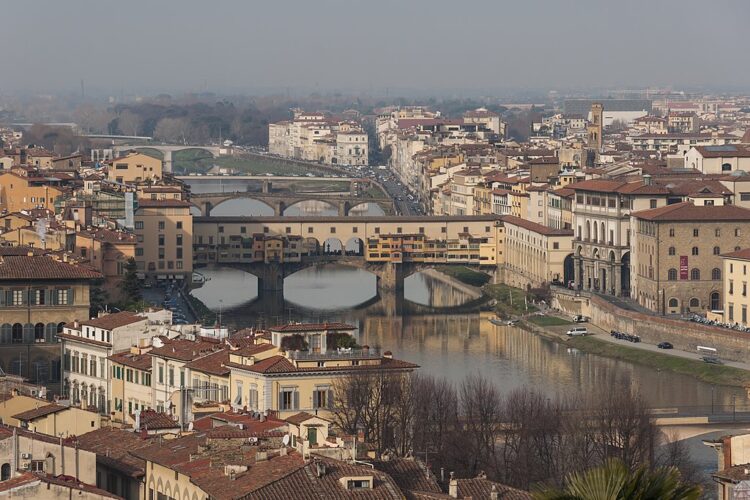
Allied armies caused collateral damage to monuments and buildings, particularly in Italy. Chastened by the stark images of the rubble, the United States established guidelines to prevent the needless destruction of culturally important properties. In line with this policy, U.S. and British planes bombed strategic rail yards in Florence, but spared buildings of historic value. As they retreated from Florence, the Germans went on a rampage, destroying buildings that had been left standing by the Allies.

Toward the end of the war, the United States formed the Monuments Men, a special unit of about 200 soldiers charged with recovering works of Nazi-stolen art. The Americans found treasure troves in the Neuschwanstein castle in Bavaria, in an abandoned freight train elsewhere in Germany, and in a salt mine in Austria. In the German city of Wiesbaden, they recovered paintings from Hitler’s and Goring’s collections.
As Red Army soldiers stormed into Germany in 1945, they stripped museums of their possessions. Russia has yet to return this “trophy” art to its rightful owners.
Looting occurred on both sides, a painful legacy of the war.
